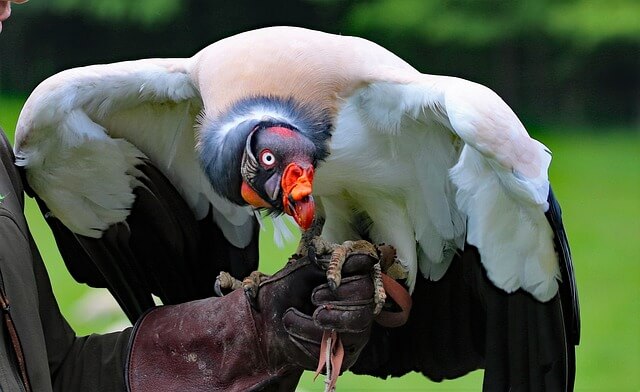Cat eyes have always captivated humans with their unusual beauty and enigma. But how do they differ from human eyes, and how exactly do cats see the world around them?
Cat Eye Anatomy
The first thing that strikes you when looking at cat eyes is their vertical pupils, which can constrict to thin slits or dilate into full circles. This feature allows cats to control the amount of light entering the retina and quickly adapt to different lighting levels.
Cats see colors differently than humans, with a narrower range of color perception. They primarily see blue and green hues, while red and green colors appear more muted to them. This is due to the smaller number of cones, photoreceptors responsible for color vision, in their eyes.
Night Vision
Cats are renowned for their incredible night vision. Their eyes contain a large number of rods, photoreceptors that are sensitive to low light. In addition, behind the retina lies a special layer called the tapetum lucidum, which reflects light back through the retina, increasing light sensitivity and allowing cats to see in low-light conditions.
Reaction to Movement
Cats are extremely sensitive to the slightest movement. Their eyes quickly focus on moving objects, making them excellent hunters. This ability helps them judge the distance and speed of their prey.
Protection and Care
Cat eyes also have a unique ability to protect themselves. They have a third eyelid, which helps lubricate and protect the eye from dust and other particles. In addition, cats instinctively groom their eyes, often washing them with their paws.
While cat eyes have their own protective mechanisms, it is still important to regularly inspect and care for them. Signs of eye problems in cats can include redness, discharge, cloudiness, squinting, or excessive licking. If you notice any of these symptoms, it is important to consult a veterinarian for examination and treatment.
Conclusion
Cat eyes are a true marvel of nature, captivating us with their complexity and efficiency. They not only allow cats to see in conditions that humans perceive as darkness but also grant them incredible visual acuity and the ability to swiftly focus on moving objects.
Thanks to this unique eye structure, cats have become one of the most successful predators on the planet. Their eyes are not merely an organ of sight but a true survival tool, aiding them in finding prey, evading danger, and navigating their surroundings.
Studying cat eyes provides us with valuable insights into how evolution has adapted living beings to thrive in diverse environments.
They are not just beautiful but also highly functional, allowing cats to see the world in a way we never could.








